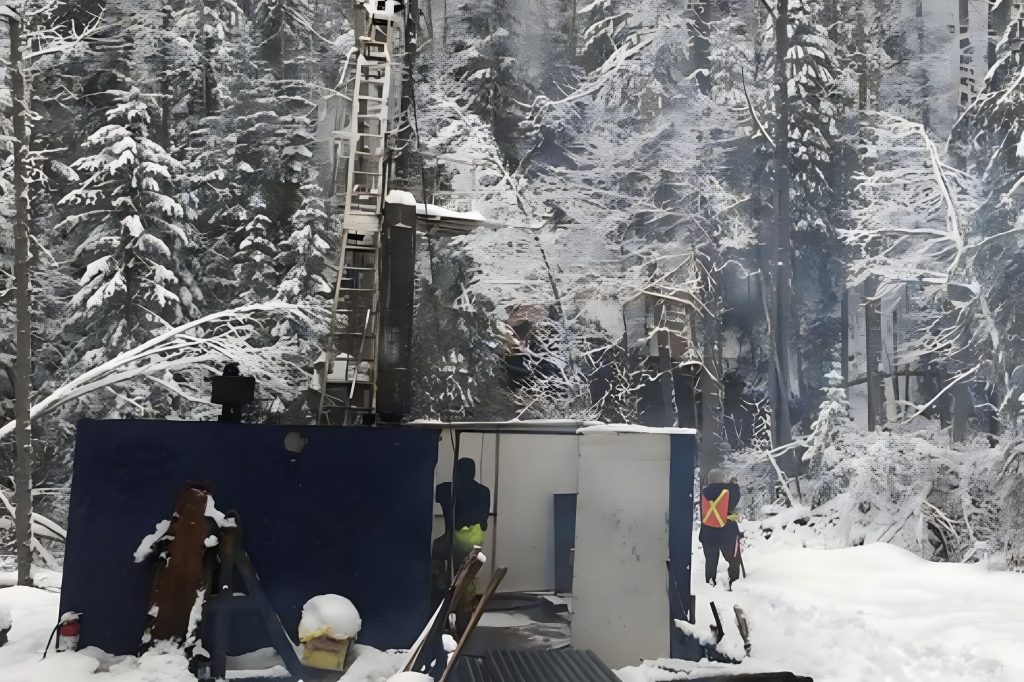Golden Cariboo to explore Quesnelle Gold Quartz Mine property, British Columbia

Golden Cariboo Resources Ltd. [CSE: GCC; OTC: GCCFF; WKN: A402CQ; FSE:3TZ] reported exploration plans for the 2025 field season at the company’s Quesnelle Gold Quartz Mine property, British Columbia.
The primary focus of the program is to build upon the company’s drilling success from the previous year, which resulted in the discovery of the Halo and North Hixon zones and to advance the newly staked 91,085 ha (225,076 acre) claim package across the northern Cariboo Gold District (an additional 96 ha was staked by the Company on February 11, 2025).
The Halo zone, as currently defined by all drill holes with assays released, contains a strike length of approximately 210 metres with a 292-metre width along a northwest-trend. The northwestern extent of the zone has not been defined and remains open, including 574 metres of untested strike between the Pioneer past producer and the end of hole QGQ24-20. The initial focus of the drill program will be to continue northwest step outs along this trend, and to target for further high-grade domains in the Halo zone, such as that encountered in QGQ24-13 which returned 136.51 metres of 1.77 g/t gold.
Diamond drilling beyond the Halo zone, along the several kilometers of untested strike on multiple parallel trends, remains of high priority to the company. This is to begin at the southeastern extension of the North Hixon zone, which includes 1.2 km of untested strike towards the Cayenne showing. Additionally, the historic Quesnelle Quartz Mine (Main zone) which contains an approximately 150-metre by 150-metre footprint of underground workings, exists on a separate parallel trend to the North Hixon zone. Drill testing the northwest or southeast extensions to the mine has never been undertaken in the property’s history, and is a high priority target for the company.
Fieldwork will primarily be focused on the newly staked 91,085 ha claim group, with an objective to establish northwest continuity of major gold systems in the Cariboo Gold District. The claims encompass an area with a similar geologic setting to that of the Quesnelle Gold Quartz Mine Property, the 5.3 Moz Cariboo Gold Project, and the 4.7 Moz Spanish Mountain Deposit. Field crews are anticipated to mobilize in the late Spring for initial prospecting and mapping activities, while an airborne LiDAR survey is planned to support the mapping activities.
Golden Cariboo’s President and CEO, Frank Callaghan, stated, “The 2024 exploration program was nothing short of spectacular, centred around a major gold discovery that re-defined the Cariboo Gold District as we know it. Looking to 2025, our focus is set not only on growing the discovery, but pushing beyond that to prove that a major gold camp exists at Hixon. Even further to this, the field campaign will unlock the potential for major gold systems across the northern Cariboo where previously unimagined.”
Golden Cariboo Resources is rediscovering the Cariboo Gold Rush by proceeding with highly targeted drilling and trenching programs on its Quesnelle Gold Quartz Mine property, which is bordered by Osisko Development Corp. [NSE, TSXV: ODV] and partly intertwined at the north end of the Cariboo Gold Project, and located along a favorable corridor adjacent to the Spanish and Eureka thrust faults over a 95,218 hectare (235,289 acre) area. Historically, over 101 placer gold creeks on the 90 km trend from the Cariboo Hudson mine north to the Quesnelle Gold Quartz Mine property have recorded production and successful placer mining continues to this day.
Golden Cariboo’s Quesnelle Gold Quartz Mine property is 4 km northeast of, and road accessible from Hixon in central British Columbia. The project includes the Quesnelle Quartz gold-silver deposit, which was discovered in 1865 in conjunction with placer mining activities. Hixon Creek, which dissects the old workings, is a placer creek which has seen small-scale placer production since the mid-1860s.
